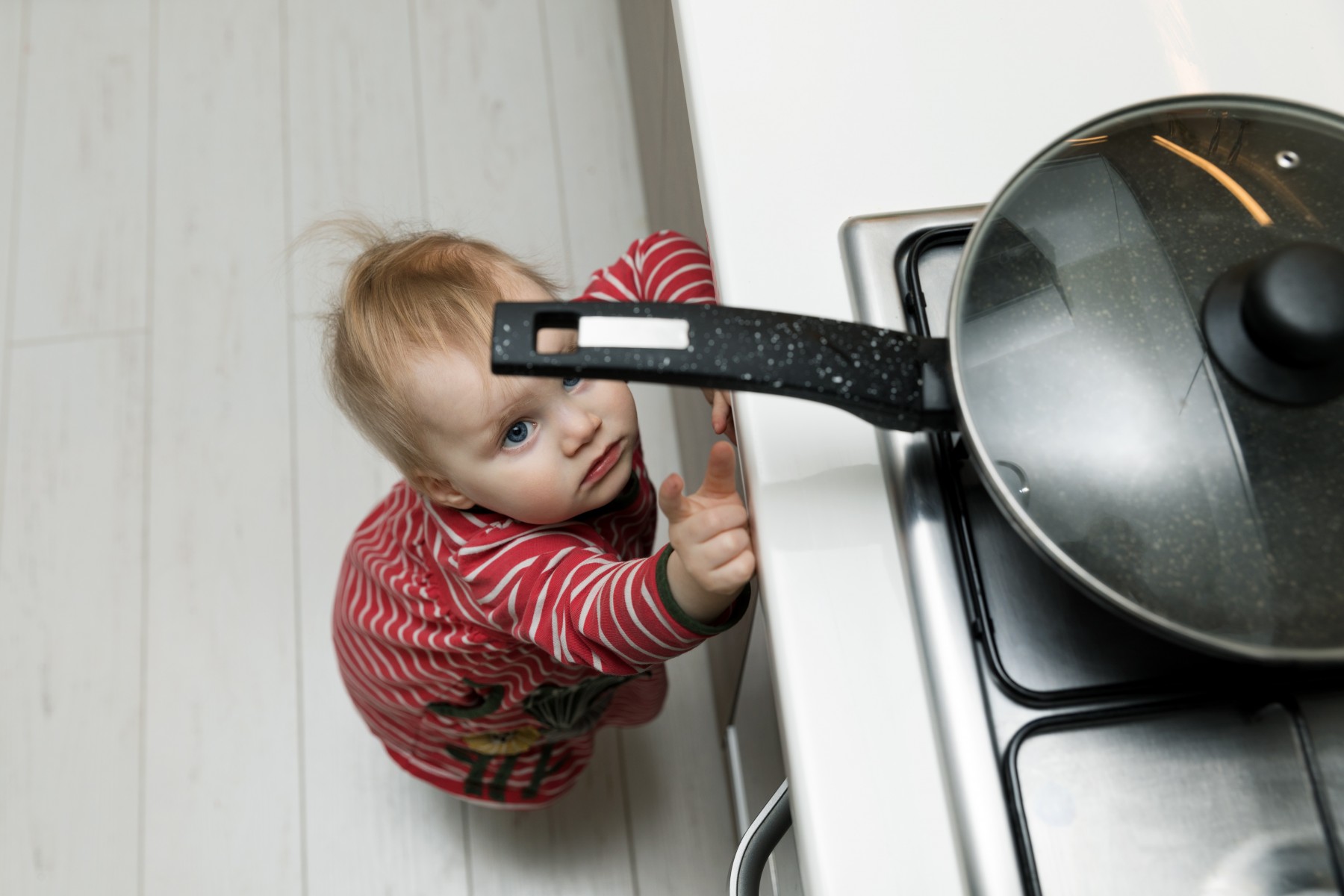5 Shocking Things About children burned
Posted 2 years ago in Other.Did you know that in the United States, one out of every five children under the age of 14 is burned?

Did you know that in the United States, one out of every five children under the age of 14 is burned? Or that most burns occur at home and are caused by common items such as ovens, stoves, and microwaves? If you want to learn more shocking facts about children who have been burned check out this blog post. It contains info on burn severity, age of children burned, and more.
Burn Severity in Children:
When kids get burned their injury is ranked based on the depth of the injury. The most serious type of burn that a child can receive is third-degree or full-thickness burns. These are burns that go all the way through the skin to damage the nerve endings and tissue below. They require surgery to treat and take a long time to heal.
Second-degree burns are also serious because they damage the top layer of skin as well as the layer beneath it. Fortunately, these usually heal on their own after about two weeks. First-degree burns affect only the outermost layer of skin, so they usually heal within one or two days.

Are You Prepared for a Burn?
There are lots of things in your home that could pose a burn risk to children, including hot water heaters, stovetops, ovens, radiators, and fireplaces. Kids may also get burned when they play with matches or lighters or use hot irons or curling irons.
Luckily, you can take precautions to make your home safer for children. Get rid of items that pose a burn risk, install safety locks on cabinets, don't let children play with fire, and post first-aid instructions inside your kitchen cabinet. You should also keep burn cream in your medicine cabinet for emergencies.
What Causes Minor Burns?
When a child receives minor burns, it's usually because he or she was too close to the object that caused the injury. This happens most often with stovetops and fireplace fires. Parents can prevent these types of injuries by making sure kids stay away from stoves and fireplaces when they're turned on.
What Causes Major Burns?
Major burns are usually caused by accidents that involve hot liquids or steam, chemicals, electrical currents, and fires. Medical conditions like leukemia can also increase a child's risk of getting burned.
Prevention Tips for Children with Leukemia:
Here are some burn prevention tips if your child has leukemia: Don't let him or her use space heaters, fireplaces, candles, or lighters.
Don't let your child take a bath without an adult present. If you must leave the room, make sure that your child is wearing water-resistant pajamas.
Avoid using hairdryers and curling irons on high settings, and always have your child wear gloves when using hot or outdoor grills.
Make sure to have a smoke alarm on each level of your house and near bedrooms, test them frequently by pushing the button, and teach children what they should do if they hear the alarm go off. Lastly, consider investing in an automatic sprinkler system for your home's rooftop.
What is the Prognosis for Severe Burns?
Unfortunately, children who receive severe burns can die or end up with permanent disfigurements like scars and contractures. Recovery times range from several months to a year or more depending on the severity of the injury and whether skin grafts are needed. Kids may also need physical therapy to help them get back on their feet again.
Conclusion:
If you have children or plan to have a family in the future, it is important that you be aware of how common burns are and what they can do. Burns happen every day and we want to make sure that everyone has the information necessary for prevention if possible. Check out this blog post for 5 shocking things about children who suffer from burns and share them with your friends and family members. We're here 24/7 at (insert company name) ready to provide any help needed when it comes to preventing injuries like these ones at home!





























